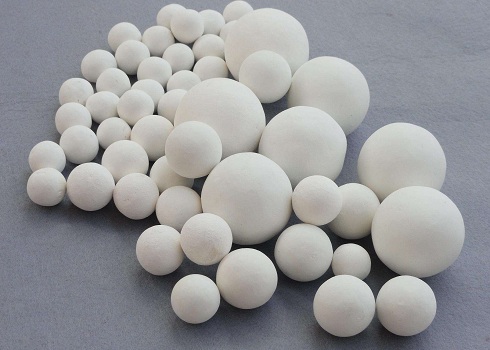SunSirs: China EPS Price Trends and Forecasts for 2023 and 2024
January 22 2024 14:43:33 SunSirs (Selena)
According to the monitoring of SunSirs, the average EPS price in 2023 was 10,500 RMB/ton, and at the end of 2023, the average EPS price was 10,000 RMB/ton, a decrease of 1.76%.
Phase 1: From January to March, prices first fall and then fluctuate. Due to the impact of the Spring Festival holiday, industry insiders have been taking holidays and shutdowns, and the EPS market has basically entered a closed state with stable prices. In February, as upstream raw material styrene continues to decline and cost support weakens, EPS manufacturers have lowered prices to sell. The focus of market negotiations has declined, and demand has not shown significant improvement, resulting in poor inquiries. In March, the upstream styrene market fluctuated horizontally, coupled with a wait-and-see atmosphere in the theater. Downstream demand recovered slowly, and transaction follow-up was average. Market fluctuations were limited, and prices fluctuated and consolidated horizontally.
Phase 2: From April to June, prices will decline. With the recovery of demand in the north, EPS manufacturers can still accept orders in stages, but the downstream delivery speed is still slow, manufacturers have a slow pace of shipment, and prices are weak and falling.
Phase 3: From July to September, prices will rise. Affected by high temperature, rainstorm, typhoon and other severe weather, and supported by the cost of EPS, the price of EPS rose. Although there is a high price resistance sentiment downstream and the demand for EPS has decreased, entering the traditional peak season of "Golden September", downstream demand for replenishment has led to increased transaction volume.
Phase 4: From October to December, prices will decline. With the decrease in temperature and the impact of real estate factors, downstream construction is poor, and northern panels are gradually entering the final stage. There are more shutdowns and reduced demand. Under the influence of the off-season, the EPS market is weakening.
On the supply side, the effective EPS production capacity in China is expected to reach 7.18 million tons in 2023, a year-on-year increase of 7.65%. In 2023, an additional EPS production capacity of 510,000 tons/year will be added, with two new sets built, totaling 360,000 tons/year, and one company expanding its capacity to 150,000 tons/year.
The EPS industry entered its peak production period in 2020, and the rate of new production capacity slowed down in 2022. It is expected to add 960,000 tons of new production capacity in 2024, with a capacity growth rate of 7.1%.
Demand: China's EPS market demand is mainly divided into two major fields: foam packaging and building insulation, which are closely related to household appliances, buildings, fresh food logistics and other fields. The market demand for EPS building insulation is flat. Due to the relatively low temperature from January to March, downstream demand is difficult to increase significantly. From April to June, the use of building insulation is in an increasing stage, but with the weakening of real estate dividends The squeezing of related insulation products and the gradual digestion of raw material stocking in the early stage have had a moderate impact, and downstream procurement has not released a significant increase. Although the monthly production of air conditioning in China has increased year-on-year due to factors such as high temperature weather, the increase in usage in the air conditioning field is difficult to fully compensate for the lack of demand increment in other fields.
In terms of imports: In terms of foreign trade, primary shaped expandable polystyrene in China is mainly exported, with fewer imports. According to data from the General Administration of Customs of China, the import volume of EPS from January to November 2023 was 9,200 tons, a year-on-year decrease of 40.21%; The export volume is 312,400 tons, a year-on-year increase of 22.46%. It is expected that EPS export volume will continue to increase slightly in 2024.
In summary, in the first half of the year, due to the impact of production expansion and sufficient supply, coupled with logistics obstacles, prices may mainly exhibit a weak and volatile trend. The upstream styrene market is expected to continue to rise in the second half of the year, with an overall trend of initially strong and then weak, and demand is expected to rebound. However, considering the continued expansion of EPS industry capacity, it is possible to hedge against the support of demand recovery.
If you have any questions, please feel free to contact SunSirs with support@sunsirs.com.
- 2025-12-24 SunSirs: Plastics and Rubber Industries Bulk Commodity Intelligence (December 24, 2025)
- 2025-12-23 SunSirs: Analysis of PS and EPS Import and Export Data in November 2025
- 2025-12-18 SunSirs: PS: Seeking Breakout Amid Narrow Range Consolidation
- 2025-12-04 SunSirs: Rubber and Plastics Industries Bulk Commodity Intelligence (December 4, 2025)
- 2025-10-30 SunSirs: Rubber and Plastics Industries Bulk Commodity Intelligence (October 22, 2025)



